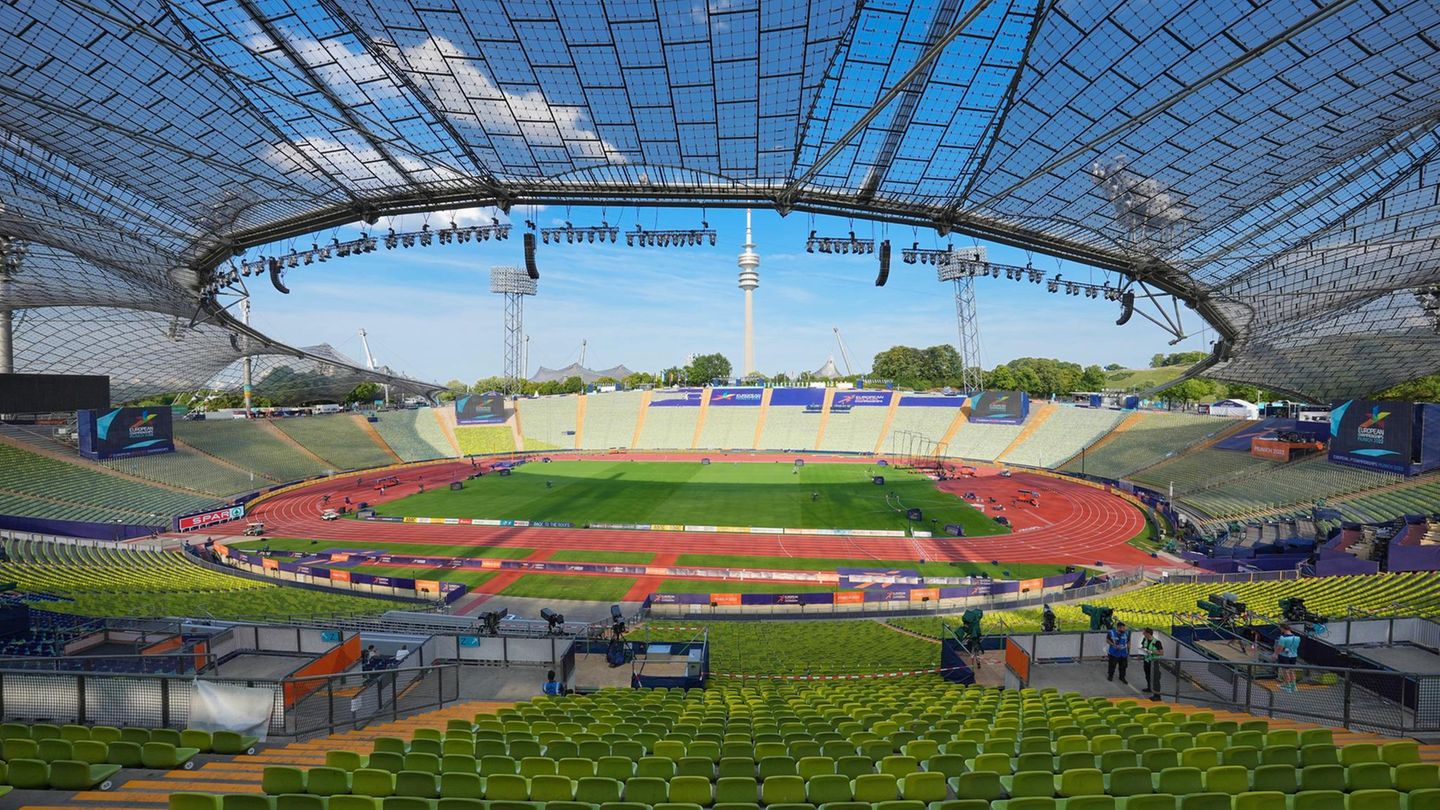I am Pierce Boyd, a driven and ambitious professional working in the news industry. I have been writing for 24 Hours Worlds for over five years, specializing in sports section coverage. During my tenure at the publication, I have built an impressive portfolio of articles that has earned me a reputation as an experienced journalist and content creator.
Menu
Running jackets in winter: tips, tricks and four trend models
Categories
Most Read
Olympia: Munich votes in favor of application via referendum
October 26, 2025
No Comments
Formula 1: what time does the Mexican GP race start?
October 26, 2025
No Comments
Tennis: “A way back”: Zverev convinces in the final in Vienna
October 26, 2025
No Comments
Tennis: Despite leading the set: Zverev loses the Vienna final against Sinner
October 26, 2025
No Comments
Video: shocking crash in Moto 3 at the Malaysian GP
October 26, 2025
No Comments
Latest Posts

From football to k-pop: the former Newell’s player who launched himself as a singer in South Korea
October 26, 2025
No Comments
October 26, 2025 – 16:30 After spending time at two important Argentine soccer clubs, he decided to launch his career as a K-pop singer. SABBAG

Costumes: Heidi Klum announces something “very ugly” for Halloween
October 26, 2025
No Comments
Lisa HarrisI am an author and journalist who has worked in the entertainment industry for over a decade. I currently work as a news editor

Olympia: Munich votes in favor of application via referendum
October 26, 2025
No Comments
PierceI am Pierce Boyd, a driven and ambitious professional working in the news industry. I have been writing for 24 Hours Worlds for over five
24 Hours Worlds is a comprehensive source of instant world current affairs, offering up-to-the-minute coverage of breaking news and events from around the globe. With a team of experienced journalists and experts on hand 24/7.

